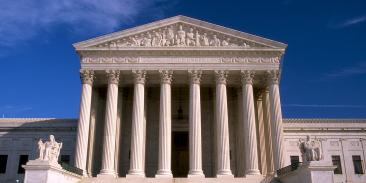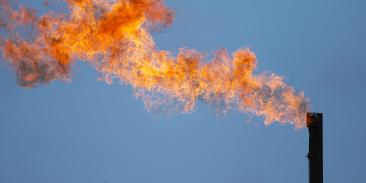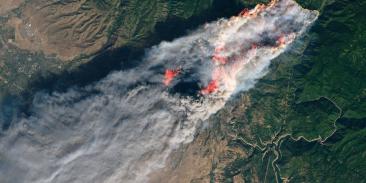The Carbon Pollution Standards for Existing Power Plants: How They Work
NEWS RELEASE
Contact:
Megan
Ceronsky, 303-447-7224, mceronsky@edf.org
Sharyn Stein, 202-572-3396, sstein@edf.org
On Monday, June 2, the U.S. Environmental Protection Agency (EPA) is expected to propose the first-ever national Carbon Pollution Standards for future and existing power plants, under Section 111(d) of the Clean Air Act.
The Carbon Pollution Standards will take the form of emission guidelines that, once finalized, will establish quantitative environmental performance benchmarks for states to meet in implementing performance standards to reduce carbon pollution from existing power plants — the largest source of carbon pollution in the country.
The following summary briefly explains how this dynamic federal-state collaboration works.
Step 1: EPA identifies the “best system of emission reduction” to address carbon pollution from existing power plants — taking into account the emission reductions that can be achieved, cost, energy requirements, and impacts on other health and environmental outcomes. EPA then identifies the emission reductions achievable if this “best system” is deployed. EPA assembles this information in standards, called “emission guidelines,” that are subject to public notice and comment.
Step 2: States craft plans to implement and enforce standards of performance for existing power plants located within their borders. States have considerable flexibility to tailor these plans to the characteristics and needs of their state — they do not need to use the “best system of emission reduction” identified by EPA, provided they achieve equivalent reductions in pollution. States have extensive experience developing similar implementation plans to meet national standards for ozone, particulate matter, carbon monoxide, nitrogen oxides, sulfur dioxide, lead, fluoride, sulfuric acid mist, and sulfur under Clean Air Act sections 110 and 111. States submit these plans to EPA for review. Consistent with the timetables long governing the administration of this Clean Air Act program and President Obama’s Climate Action Plan, the state plans will be due June 30, 2016.
Step 3: EPA reviews each state plan to evaluate whether it is “equivalent” to the emission guidelines, achieving at least equivalent emission reductions to those achievable using the “best system of emission reduction” and meets other criteria, including for enforceability.
Here’s a graphic with more information about the timeline:

With more than 3 million members, Environmental Defense Fund creates transformational solutions to the most serious environmental problems. To do so, EDF links science, economics, law, and innovative private-sector partnerships to turn solutions into action. edf.org
Latest press releases
-
EDF, UCS File Lawsuit Against Trump Administration Secret Convening of Climate Skeptics, Use of Their Hidden “Science” Report in Attempt to Overturn Endangerment Finding
August 12, 2025 -
Bill Would Explore Responsible Growth of Domestic Seafood
August 4, 2025 -
Legislation Introduced to Reverse Tax Hikes on Clean Energy
August 2, 2025 -
Groups File Lawsuit Challenging Trump EPA’s Delay of Protections Against Oil and Gas Methane Pollution
July 31, 2025 -
New study shows how sectoral emissions shape today’s warming and tomorrow’s risks
July 30, 2025 -
EPA Administrator Zeldin Delays Commonsense Methane Pollution Protections
July 29, 2025










